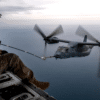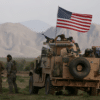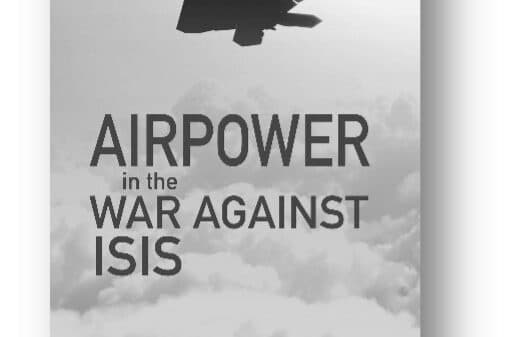978-0811738811, Stackpole Books, September 2020, 280 pages, $29.95
Reviewer: Timothy Heck, Modern War Institute at West Point, West Point, New York, USA
By the fall of 1965, the mountainous borderlands in Pleiku province stretched the Republic of Vietnam’s governmental control abilities. Infrastructure was lacking, provincial officials were few and far between, and ethnic divisions between the Vietnamese and the Montagnard populations made governance difficult along the Cambodian border. Furthermore, the North Vietnamese threat required a robust military presence in the area. That presence, however, was lacking. A Special Forces camp Plei Mei in II Corps Tactical Zone, held by a dozen Green Berets and their partnered forces, was “the western-most island of [South Vietnamese] influence in Pleiku.” In October 1965, the North Vietnamese besieged the camp. Masterfully retold by J. Saliba in Death in the Highlands: The Siege of Special Forces Camp Plei Mei, the book is both a historical analysis of the battle and a primary for Special Operations Forces (SOF) conducting foreign internal defense against a robust conventional force.
Saliba, a journalism professor at Jacksonville University, delivers an engagingly written tactical analysis of the battle, while keeping its operational and strategic impacts front and center. The book starts with the larger strategic picture and the role of Special Forces in South Vietnam before narrowing the focus to the October 1965 siege. The weak South Vietnamese presence in Pleiku was a tempting target for the North Vietnamese high command. The Special Forces camps along the border were valuable and a source of frustration to the North Vietnamese. While far from population centers and more militarily important locations, the North Vietnamese believed that eliminating these camps would result in South Vietnamese military and political collapse. Their 1965 Monsoon Offensive in the Central Highlands and the Tay Nguyen (Western Plateau) campaign was specifically designed to wipe them out.The North Vietnamese forces—two main force regiments with attachments—were well-led, well-equipped, and had a clear mission and purpose in besieging the camp. One regiment laid siege while the other waited to ambush the expected relief column. Wiping out the camp and annihilating the would-be rescuers would be a bold tactical stroke that the North Vietnamese expected to have strategic and political consequences. Saliba covers their deployment, strength, and preparations in well-researched and well-written detail without becoming overly pedantic or dry. While focusing on the American and South Vietnamese forces, one of the strengths of the book is the perspective of the North Vietnamese.
Holding Plei Mei was a contingent of Green Berets from Operational Detachment-Alpha (ODA) 217, Montagnard Civil Irregular Defense Group (CIDG) troops, and a small South Vietnamese Special Forces troop. While nominally advisors to the South Vietnamese who in turn commanded the CIDG forces, ODA 217’s commander, Captain Harold M. Moore was the senior commander on the ground. When the North Vietnamese attacked on 19 October, their force was almost overwhelming. Moore’s outposts were quickly overrun.
Help was forthcoming, but it was a slow and halting process. Intelligence out of the camp was spotty due to weak communication links. Eventually, the full weight of American military power was brought to bear, but the opening hours and days of the siege were a close-run affair for the Green Berets at Plei Mei. A mixed American and South Vietnamese rescue force, with Major Charles “Charlie” Beckwith leading Project DELTA troopers, was launched toward the camp, as the North Vietnamese expected.
Once the siege commences, Saliba moves the reader around the battlefield and with the rescue column in an efficient and illuminating manner. The siege becomes more important than just being a battle over a border fort. Senator Edward Kennedy requests to visit the camp. President Lyndon B. Johnson radios with a message for Beckwith and Moore. While these larger-than-life personas play a role, the book remains focused on the tactical battle for the camp and the rescue mission. Whether it is the American helicopter crews or the forces that came to Plei Mei’s relief, the book demonstrates the interplay of the combined arms operations and intelligence picture as they unfolded.
Death in the Highlands is an easy-to-read history that could serve as a primer for SOF working with partners conducting foreign internal defense operations, while facing large-scale threats in remote areas. Saliba covers the role of aviation, combat search and rescue, fires, irregular forces, and partner conventional forces in detail not commonly found in military histories. While there are some minor errors (the H-34 helicopter is presented as having skids instead of wheels), the book is strongly researched and written. Supplemented by detailed maps and photos of the siege, Salida’s Death in the Highlands is well-worth reading by both historians and practitioners alike.














